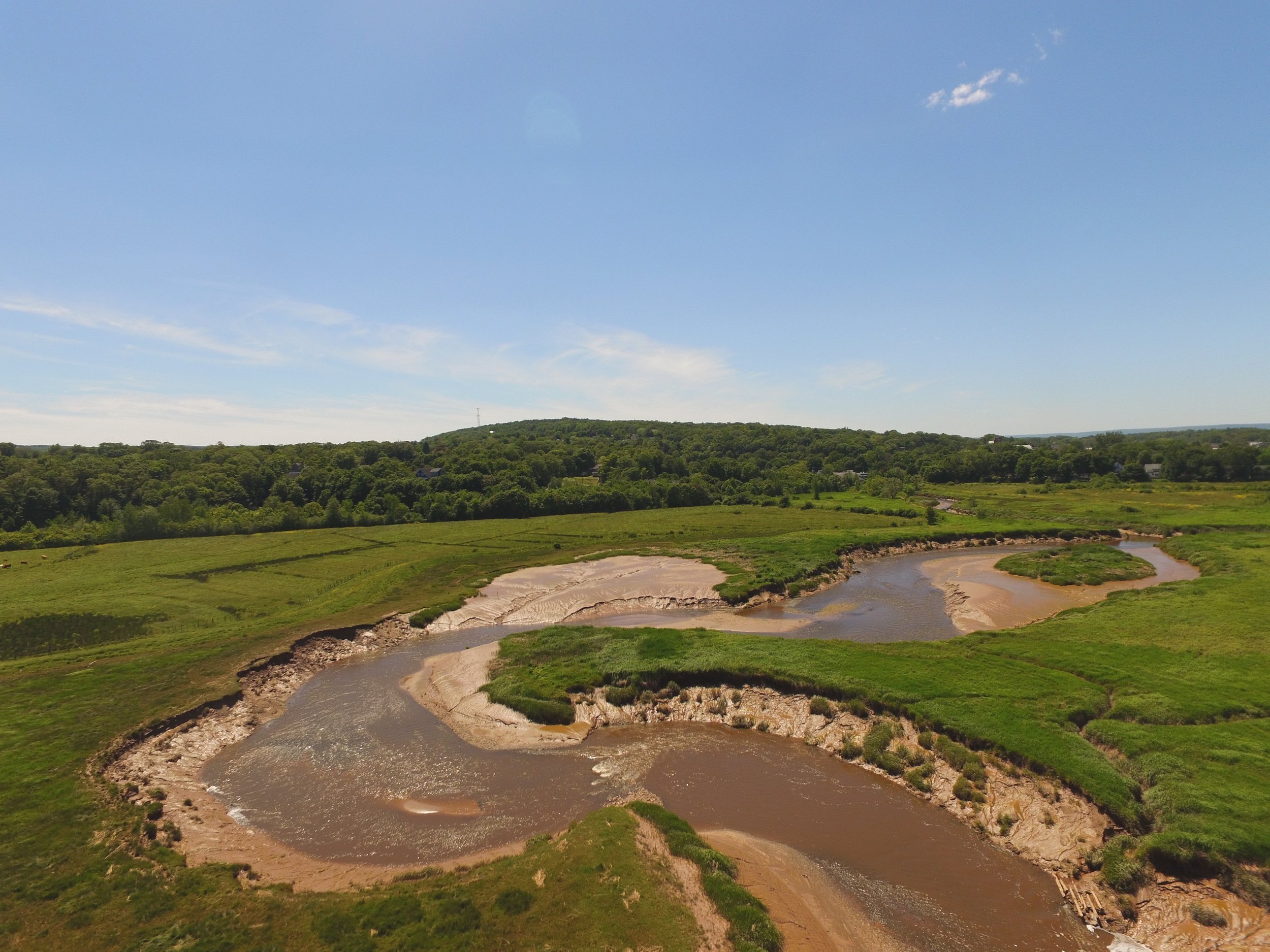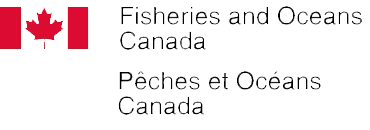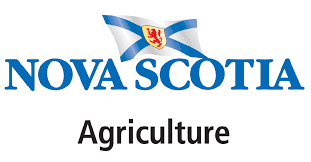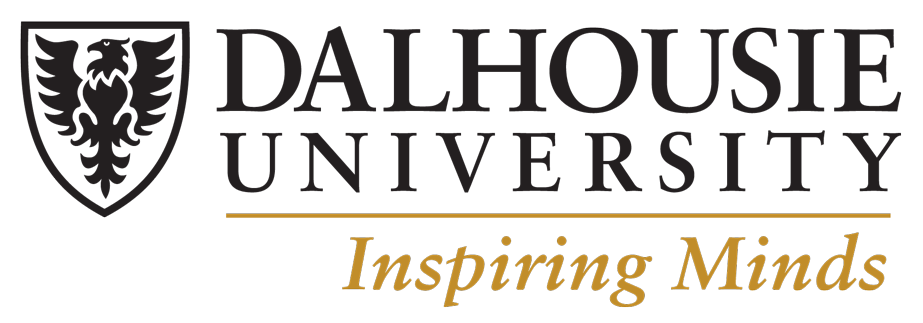Belcher St. Managed Realignment Site
RESTORATION TRAJECTORY: SPOTLIGHT ON VEGETATION RECOVERY
Tidal wetland restoration follows an expected trajectory of three phases: transition, establishment, and equilibrium. The Belcher Street site underwent a notably rapid revegetation, going from being a mudflat in 2018 to only having 17% bare ground in Year 2 of restoration (2019). By Year 3 (2020), bare ground was down to 4%, with nearly 0% bare ground by Year 4 of restoration (2021).
Revegetation of the Belcher Street site from post-realignment (2018) to Year 3 of restoration (2020).
This rapid revegetation was due to several key factors, including the vegetation present prior to restoration, the position of the site in the tidal frame, and the high rates of sedimentation at the site that were very beneficial for vegetation recovery.
Belcher Street Marsh Dyke Realignment and Tidal Wetland Restoration Project
Read the case study created as part of the Making Room for Movement project.









